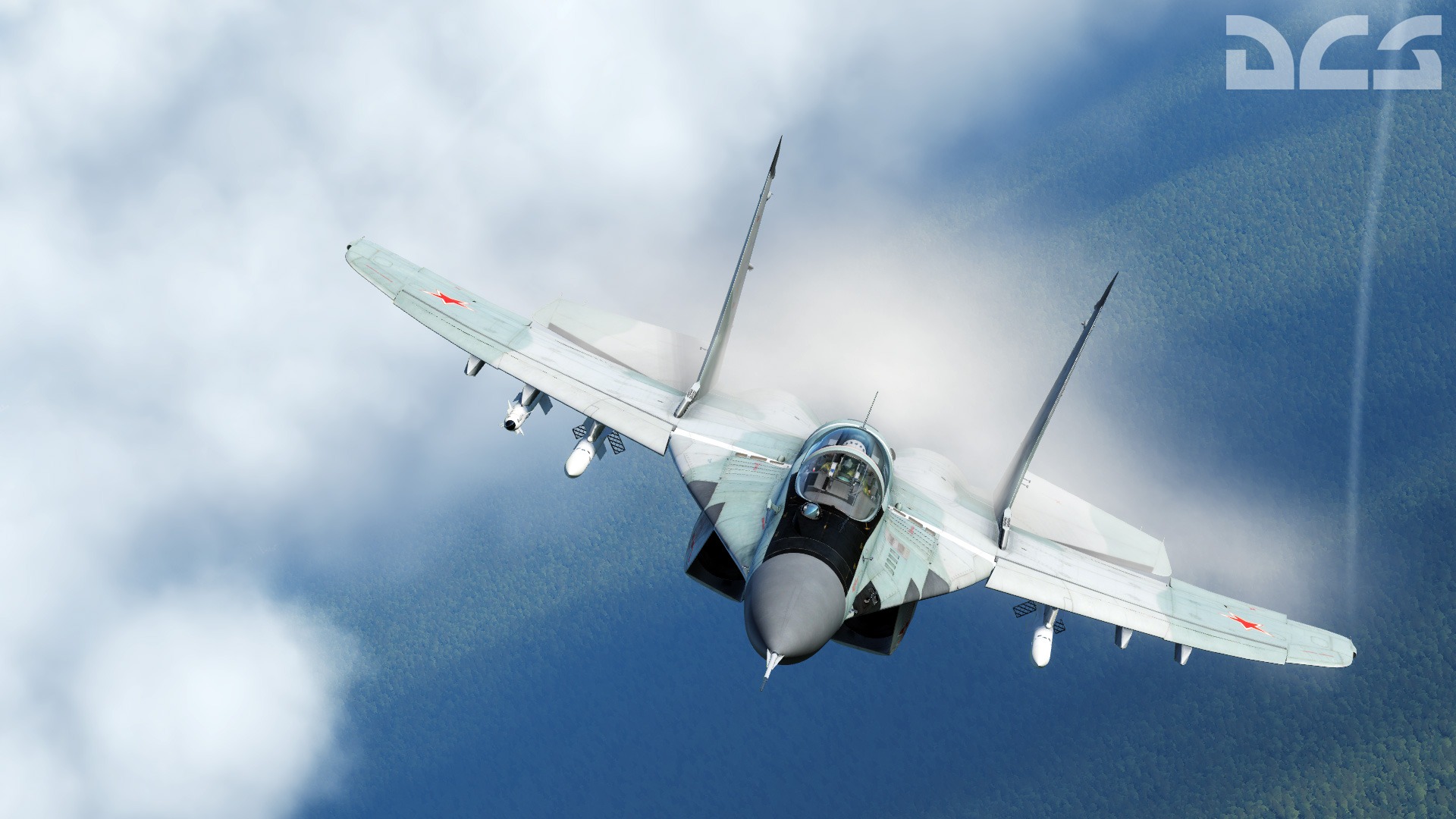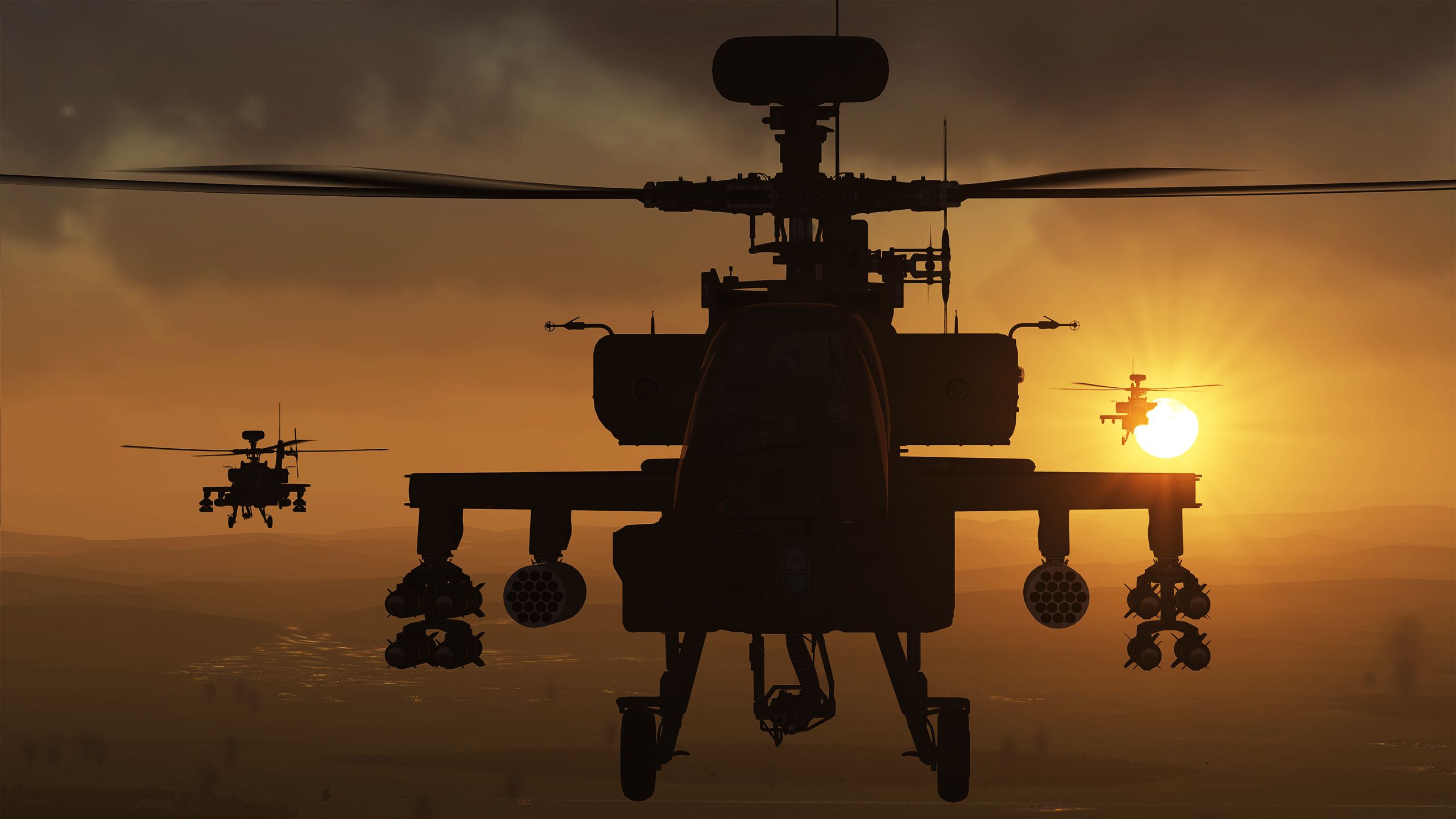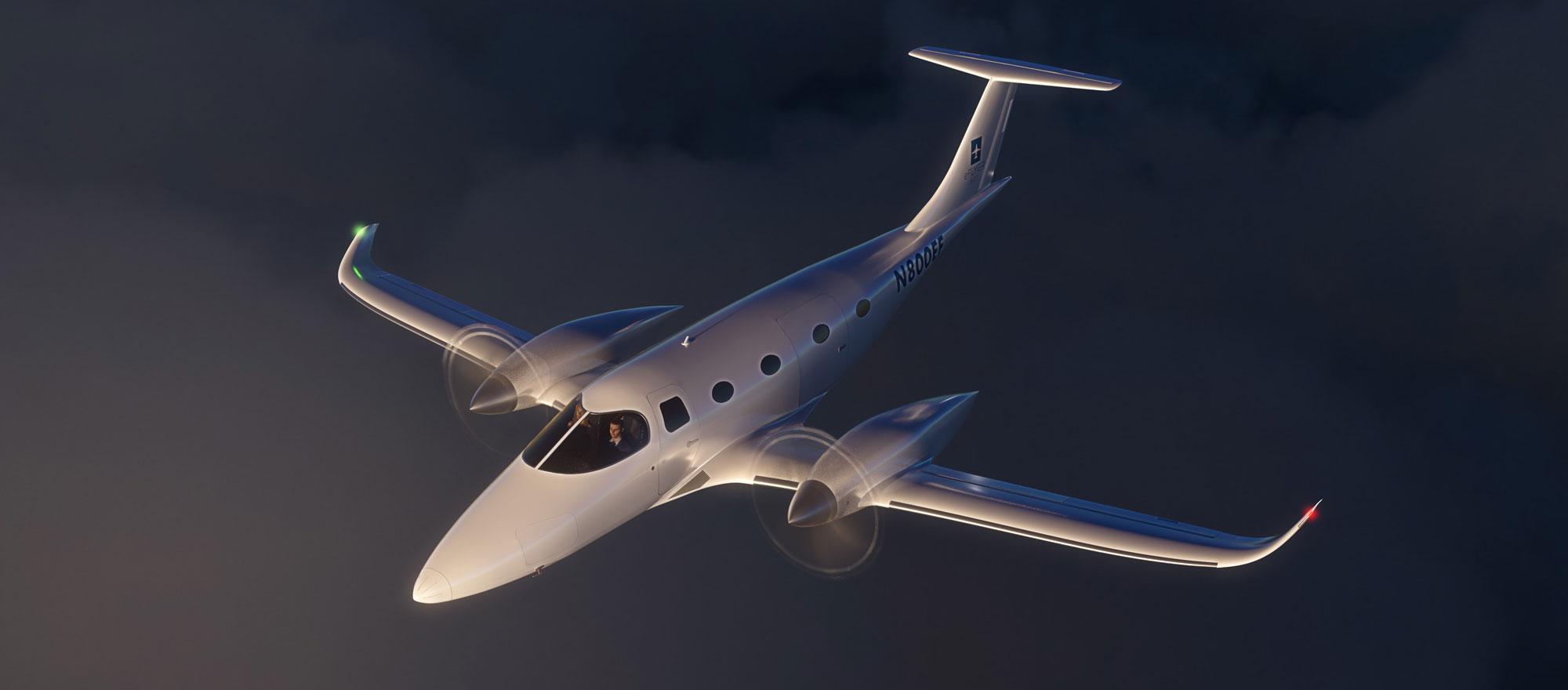Your cart is currently empty!
DCS World TORNADO IDS Module by AVIASTORM – Project Power Easily!

DCS World TORNADO IDS Module by AVIASTORM – Project Power Easily!
Introduction: The Anticipation for the TORNADO IDS in DCS World

AviaStorm is a UK-based developer dedicated to creating high-fidelity flight simulation modules for DCS World. Their current focus is on the DCS: Tornado module, which aims to accurately represent the 1989 German IDS (Interdiction/Strike) variant of the Panavia Tornado.
The development of the Tornado module commenced in 2021.As of January 2024, AviaStorm reported that five 3D artists are actively working on the project, emphasizing their commitment to meeting the high expectations of the DCS community.They have paid meticulous attention to intricate details, such as the emergency RAM air flap and cooling flaps, to ensure a comprehensive simulation.
In their pursuit of authenticity, AviaStorm has utilized multiple reference aircraft, including the 44+56 Tornado, known as “Bunte Kuh” (Colorful Cow), displayed at the Traditionsgemeinschaft JaboG 34 Allgäu, and the IDS/RECCE Tornado 44+97 at the Flugwerft Schleißheim near Munich, Germany.
While AviaStorm has not publicly disclosed information about previous development projects, their team comprises individuals with decades of experience in the simulation and gaming industry.They have secured access to a wealth of resources, including engineers, pilots, weapon systems officers, technicians, and museums, to inform their development process.
As of August 2024, AviaStorm has made significant progress in resolving transonic aerodynamic inaccuracies and fully simulating the unique flight characteristics across all wing sweep positions of the Tornado.The aerodynamic model is complemented by a detailed recreation of the RB199 engines, which power the aircraft’s electrical and hydraulic systems. The complex flight controls and Control And Stability Augmentation Systems (CSAS) are among the remaining tasks to ensure accurate aircraft handling, with comprehensive flight testing forthcoming.
AviaStorm’s dedication to quality and authenticity reflects their commitment to delivering a highly detailed and immersive Tornado module for the DCS community.
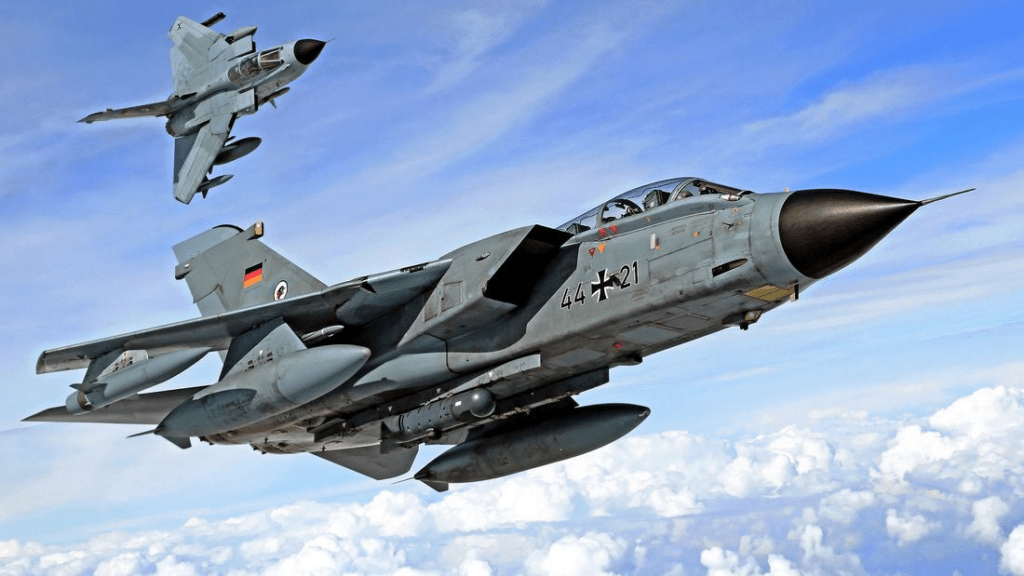
I have Personal Experience on the IDS Tornado.
I personally spent 13 years working on both the IDS Tornado as well as less time on the ADV (Air Defence Variant) Tornado in the Middle East. I was working on the Saudi Arabian air force (RSAF) Tornado’s as a contractor with BAe Systems Australia. I am really excited to get to fly the Tornado delivering the many weapons I loaded daily in training and readiness for combat around the times of both Iraq conflicts.
The Tornado IDS was vastly different from the previous fighter experiences I had working on the F-111, Mirage IIIO as well as F-18A Hornets in the RAAF. I liked the Tornado because of its build quality. The Tornado always gave me the impression of being over engineered in many cases. The aircraft to its weapons were meant to last which showed in the aircrafts robustness. The positives were that it proved positive because of its reliability of its systems and weapons.
- Latest CPU’s Available Now – Amazon.com
- Get a NEW GPU Best Performance – AMAZON.com
- Upgrade RAM Here today – AMAZON.com
- Prebuilt PC Options – AMAZON.com
Part 1: The Heatblur Tornado IDS Module Development
Current Development Progress
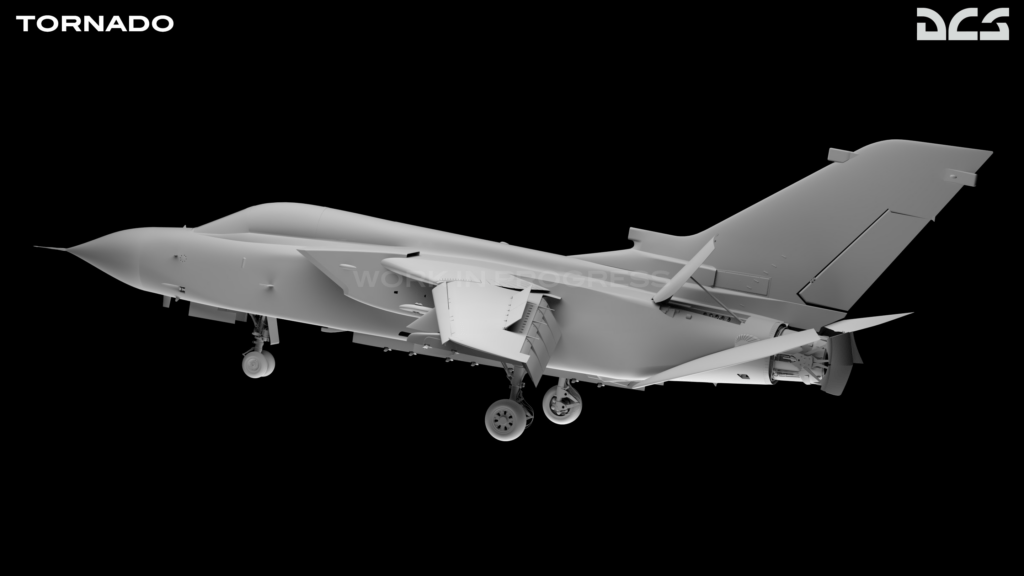
AviaStorm has kept enthusiasts and aviation simulation fans on the edge of their seats with regular updates on the progress of the Tornado IDS module. While the specific release date remains elusive, the studio’s transparency and commitment to quality provide a clear picture of how far along the project is. AviaStorm is filled with highly experienced people so as to deliver a quality module to the community.
AviaStorm are known to be using some German Air Force aircraft on display to get access to the level of detail to make this a truly exceptional module. As of the latest updates, the development team has made significant strides in creating the aircraft’s systems and functionality. The Tornado IDS, with its complex avionics, multi-role capabilities, and variable-sweep wing design, presents a unique challenge.
Milestones in Development
While there has been no confirmed release window, some notable milestones give us insight into the progression of the module:
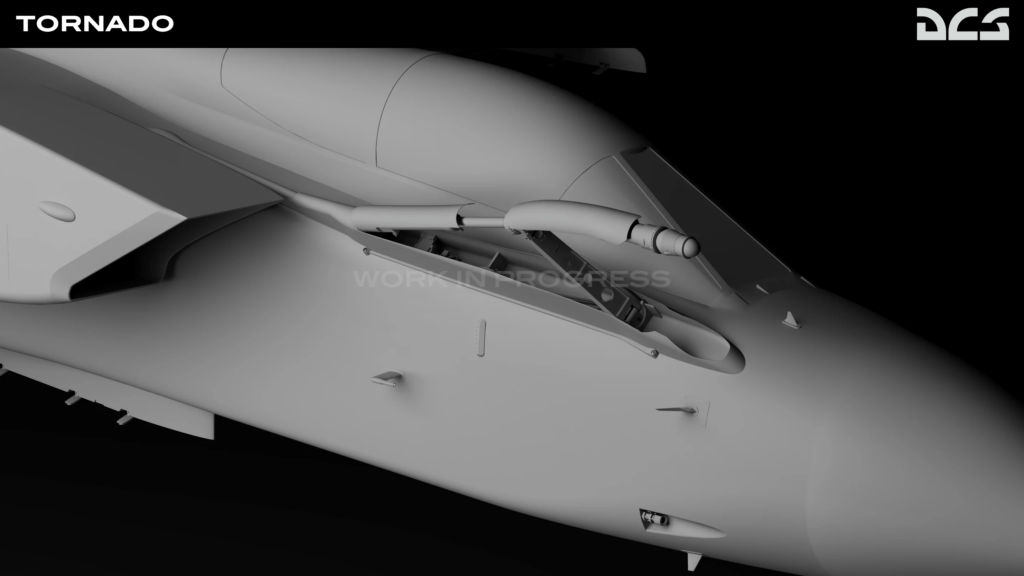
- Cockpit and Avionics Development: Early videos and developer streams have shown impressive work on the Tornado’s cockpit, with AviaStorm ensuring that all switches, dials, and controls are functional and realistic.
- Flight Dynamics: AviaStorm has focused on replicating the variable-sweep wing feature, allowing the aircraft to transition between different configurations to optimize performance at various speeds and altitudes. This feature is critical for accurately simulating the Tornado’s unique handling characteristics.
- Weapons Systems: The Tornado IDS is a multi-role strike aircraft, and AviaStorm is working on modeling a wide array of weapons, including precision-guided munitions, free-fall bombs, and air-to-ground missiles. This feature is essential for the aircraft’s primary role in interdiction and strike missions.
While there are no confirmed details about a release date, AviaStorm has stated that they are aiming for a “release when it’s ready” approach, emphasizing that quality and realism are paramount.
- BEST GAMING PC – Amazon.com
- VR Headset – Amazon.com
- GPU Options – Amazon.com
- HOTAS Options – Amazon.com
Part 2: The History of the Tornado IDS
The Tornado IDS (Interdiction Strike) is part of the Tornado family of aircraft, developed in the 1970s through a collaborative effort between the UK, Germany, and Italy. It was initially designed as a multi-role combat aircraft, with the IDS variant specifically tasked with interdiction and precision strike missions. The Tornado family was created to address the evolving needs of NATO during the Cold War, combining high-speed performance with versatility and the ability to carry a wide range of weapons.
Key Historical Points:

- Development Origins: The Tornado was developed by Panavia, a consortium of aerospace companies from Germany, the UK, and Italy. The IDS variant emerged as a specialized version focused on strike missions, particularly in deep penetration roles against enemy infrastructure and military targets.
- Role in NATO and Beyond: The Tornado IDS played a critical role in NATO’s defense strategy during the Cold War, with the aircraft providing a potent deterrent against Soviet forces. Its ability to operate at low altitudes and at high speeds made it a key asset for interdiction missions, targeting enemy supply lines, and disrupting command and control structures.
- Operational History: The Tornado IDS saw action in several major conflicts, including the Gulf War in 1991, the Kosovo conflict, and more recently, the Iraq War. Its role in these conflicts has cemented its legacy as one of the most capable strike aircraft of its generation.
Part 3: The Tornado IDS – Performance, Weapons, and Primary Role
Performance Overview
The Tornado IDS is a versatile, high-performance aircraft known for its ability to perform a wide range of missions. Its most notable feature is its variable-sweep wing, which allows the aircraft to adjust its wing configuration in-flight, optimizing performance for different flight regimes:
- Low-Speed, Low-Altitude Flight: The Tornado can operate at low altitudes and high speeds, making it an ideal platform for strike missions against hardened targets. The terrain following radar system was just incredible at making the aircraft difficult to find and gave aircres the confidence to stay super low and very fast.
- High-Speed Interdiction: The aircraft is capable of high-speed penetration missions, evading enemy radar and defenses while delivering precision strikes.
- Heavy Payload: The Tornado IDS can carry a diverse array of weapons, including laser-guided bombs, air-to-ground missiles, and even nuclear munitions, making it a truly multi-role strike platform.
It’s a known fact there is pretty much nothing that can catch a TORNADO IDS in a low level dash. Tornado pilots have talked about over 921 MPH at low level (Wiki) which is unmatched! The story ia very different at altitude as the RB199 engines are designed for low level operation which really hinders the aircraft at any altitude. This is one of the main deficiencies of the Tornado ADV (Air Defence Variant) as the RB199 engines don’t give it the legs it really needs at altitude to sling missiles a long way in a BVR fight.
The IDS is the focus so if you stay low and fast your pretty much going to outrun everything!
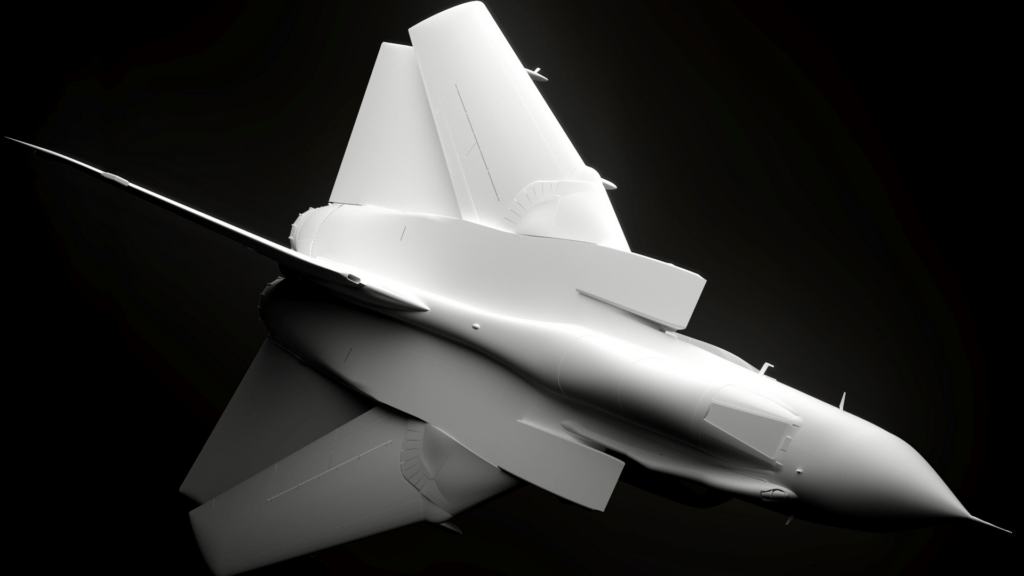
Weapons and Armament
The Tornado IDS is designed to carry a wide array of weapons, including:
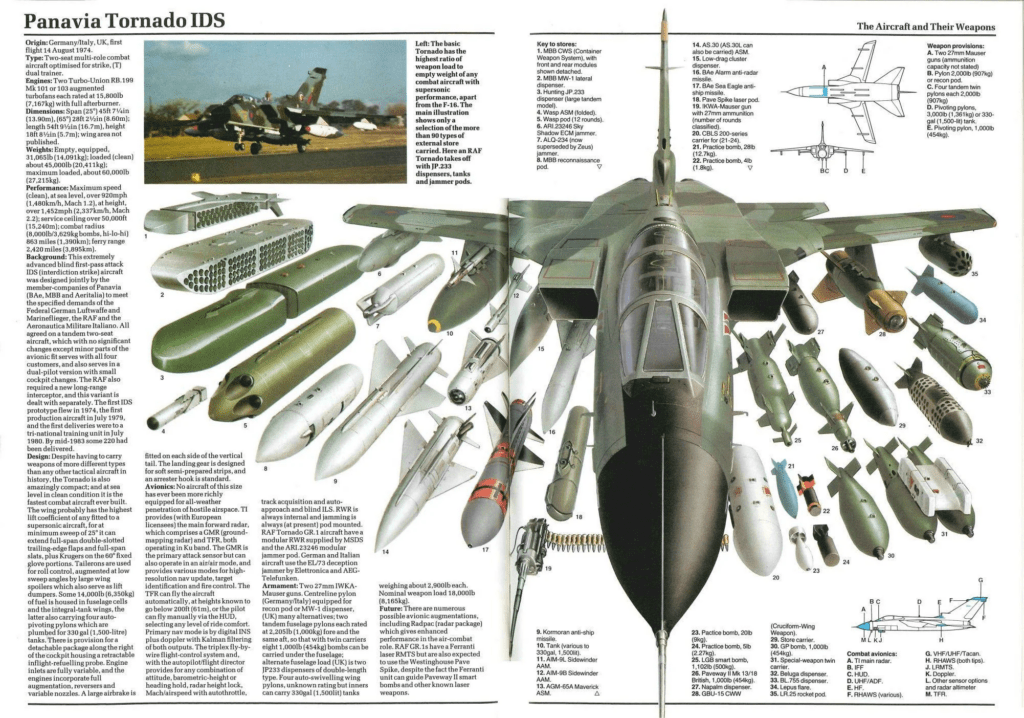
- Laser-Guided Bombs (LGBs): These bombs, such as the Paveway series, are a staple of the Tornado’s precision strike capabilities as well as bunker busters.
- Free-Fall Bombs: The Tornado IDS can carry a variety of conventional bombs for both general-purpose and precision targeting along with cluster weapons and more..
- Air-to-Ground Missiles: The Tornado is equipped to launch missiles like the AGM-65 Maverick, Alarm Anti Radiation missile as well as the JP-233 Runway Denial Weapons which was used in Iraq providing direct and indirect attack options and standoff strike capabilities with the introduction of Storm Shadow missile that replaced the JP-233.
- Tactical Nuclear Weapons: In its NATO role, the Tornado IDS was also configured to carry tactical nuclear weapons over long distances.
The aircraft’s ability to carry such a wide range of munitions made it a valuable asset in any conflict, particularly when precision and flexibility were paramount.
Part 4: The Tornado IDS in Modern Conflicts
The Tornado IDS has been a prominent figure in several key conflicts, showcasing its capabilities in interdiction and strike operations. Its role in modern warfare, particularly in the Gulf War and the Iraq conflicts, underscores the aircraft’s relevance as a precision strike platform.
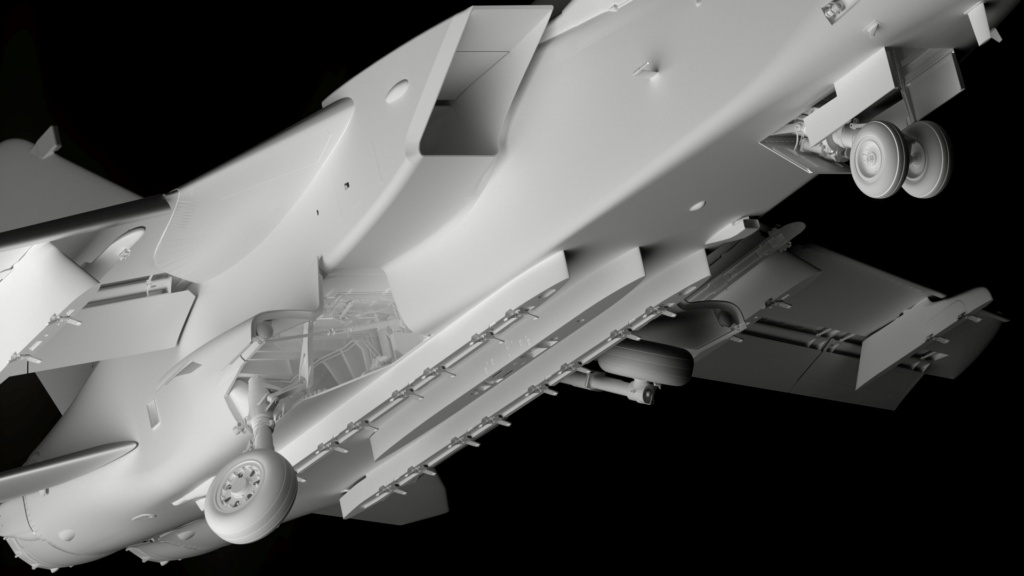

- The Gulf War (1990-1991): The Tornado IDS was used extensively by the Royal Air Force and German Luftwaffe to strike key Iraqi targets. Its low-level strike capabilities and ability to carry precision-guided munitions allowed it to successfully target command and control centers, radar installations, and infrastructure with impressive accuracy.
- The Iraq War (2003): In the Iraq War, Tornado IDS aircraft were once again deployed in support of coalition forces. Their role in precision strikes against high-value targets was critical in the opening stages of the conflict. Tornado aircraft also contributed to the suppression of enemy air defenses (SEAD) and provided close air support to ground troops.
- The Kosovo Conflict (1999): The Tornado IDS also played a key role in the NATO bombing campaign against Yugoslavia, providing strike capabilities against strategic targets like military installations and communication centers.
Through these conflicts, the Tornado IDS demonstrated its unique ability to deliver effective and precise strikes, particularly in high-threat environments where other aircraft might struggle to operate. The area where it suffered losses were the low level strikes on IRAQI runways at low level at night using the JP-233 Runway Denial weapon. This weapon has specific speeds and altitudes it must be used at and these are likely known to many potential enemies.
Flying straight and level down a runway is a dangerous task and sadly aircraft and crews were lost doing this mission. Pictured above is the German equivalent which will be likely included with the module. The graphic is from AVIASTORM.
- Joystick / HOTAS – AMAZON.com
- Rudder Pedals – AMAZON.com
- Throttle Quadrant – AMAZON.com
- Gaming Chair – AMAZON.com
- VR Headset – AMAZON.com
Conclusion: The Future of the Tornado IDS in DCS World

As Heatblur continues to refine and perfect their DCS World Tornado IDS module, anticipation is building within the simulation community. With a rich history, advanced capabilities, and the promise of an incredibly detailed simulation, the Tornado IDS module is poised to be a standout addition to DCS World.
While the release date remains uncertain, Heatblur’s track record of excellence suggests that the module will be worth the wait. For fans of aviation history, modern warfare, and the thrill of interdictor strike missions, the Tornado IDS in DCS World is shaping up to be an experience like no other.
Whether you’re flying low and fast across the desert or navigating complex combat scenarios, this module will undoubtedly offer both challenge and excitement for virtual pilots. Relive those low level desert attacks in DCS World soon. Airfields like H3 and others need your precise attacks in the TOrnado IDS!
Stay tuned for further updates as Heatblur continues to refine their masterpiece and get ready to take to the skies in one of the most iconic strike aircraft of the 20th century.
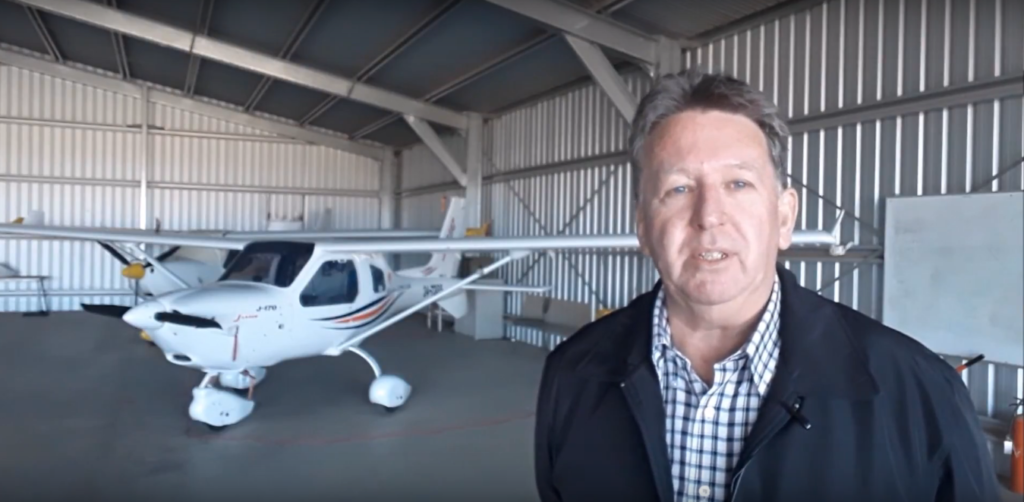
Author
Brendon McAliece (Aka Gunnie) is a military veteran with 23 years working on Jet Fighters, their weapons systems and ejection seat/module systems as well as munitions and R&D. Involved with flight simulation since the 1980s, he has flown all the major flight simulators over the years.
He is an Australian expat who has lived in Malaysia, UK, Saudi Arabia and more recently Thailand. He is a multi-lingual blogger who loves to share his life experiences here on LetsFlyVFR.com and DreamingGuitar.com, with his lifestyle and Travel experiences Blog plus his Dreaming Coffee website.
Learn More @ DreamingGuitar.com – DreamingCoffee.com – LetsFlyVFR.com
( HOME – BLOG – SHOP – ABOUT )
As an Amazon affiliate I may benefit from qualifying sales.

